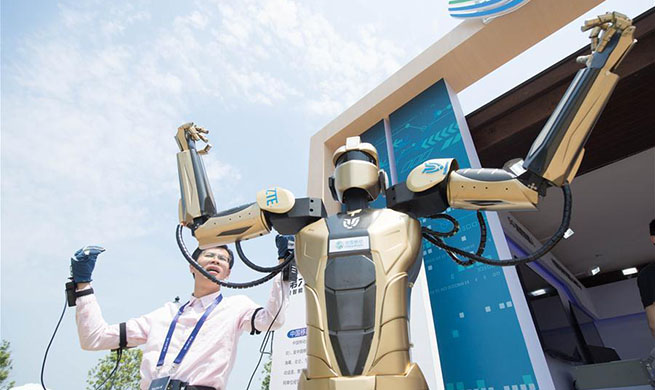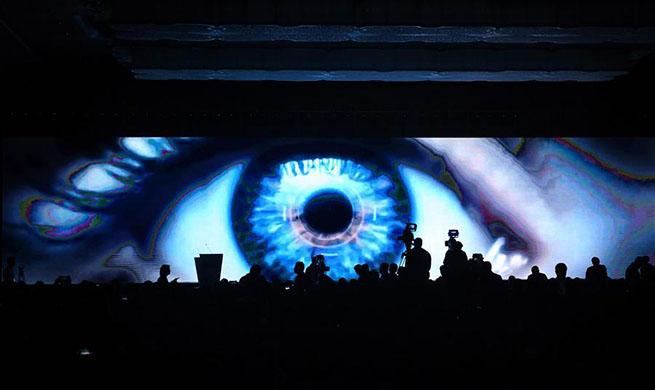LOS ANGELES, May 8 (Xinhua) -- NASA's Spitzer Space Telescope has revealed that some of the universe's earliest galaxies were brighter than expected, NASA said Wednesday.
According to NASA's Jet Propulsion laboratory (JPL), the excess light is a byproduct of the galaxies releasing incredibly high amounts of ionizing radiation.
The finding offers clues to the cause of the Epoch of Reionization, a major cosmic event that transformed the universe from being mostly opaque to the brilliant starscape seen today, said JPL in a release.
In the new study, researchers report on observations of some of the first galaxies to form in the universe, less than one billion years after the big bang. The data show that in a few specific wavelengths of infrared light, the galaxies are considerably brighter than scientists anticipated.
The study is the first to confirm this phenomenon for a large sampling of galaxies from this period, showing that these were not special cases of excessive brightness, but that even average galaxies present at that time were much brighter in these wavelengths than galaxies we see today, according to JPL.
Spitzer stared at two regions of the sky for more than 200 hours each, allowing the space telescope to collect light that had traveled for more than 13 billion years to reach us, said JPL.
As some of the longest science observations ever carried out by Spitzer, they were part of an observing campaign called GREATS, short for GOODS Re-ionization Era wide-Area Treasury from Spitzer.

















